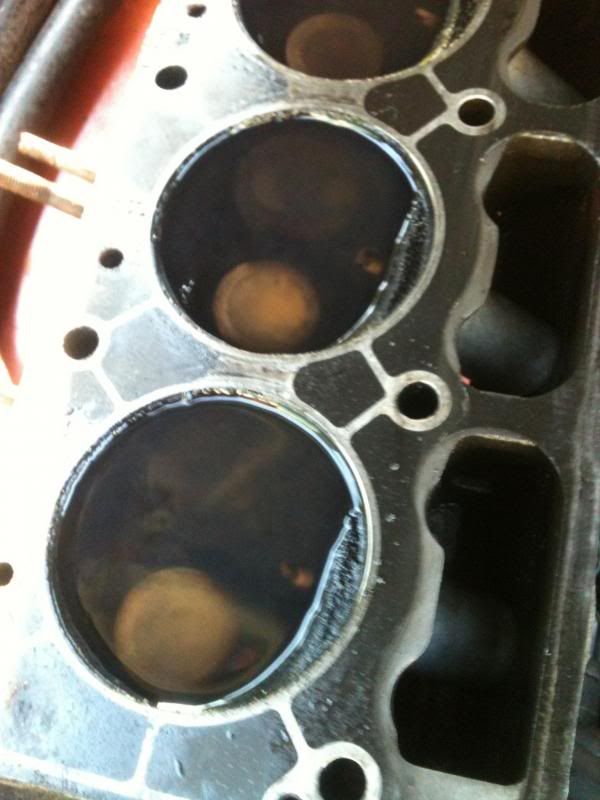Voeltagear, I will have to do as you suggest tomorrow and let you know what numbers I get. I only have a simple timing light with no functions on it and have to borrow the complex one with the RPM indicator and advance light on it from my dad.
As for the thermostat, at 180* on my gauge, I can check and the hose up top is stiff, wheras before that the hose is limp and I can crush on it and it's cold. It may be a thermostat issue as I've seen so many conflicted things about drilling holes in them, not drilling holes in them, ditching them, getting a 160* one, a 195* one, a 180* one and I'm going through everything I have learned so far, because I myself, am stumped. A mechanical friend I went to just told me to swap the radiator, which I did, and after that he shrugged his shoulders and said "I-unno."
I boiled the old thermostat I had, which turned out to work. I've gone through three so far in the time I've owned the car. I'm hoping the one in it now works, since I have drained the coolant about 8 times in the last month to change parts here and there. I even took the thermostat out, before I got a new radiator, and the temperature skyrocketed within minutes, and almost boiled, but I shut her down. I'm worried to try running without one again. Right now the thermostat is 180* and the car runs around town at a constant 180, but goes to 210 on the freeway - and then higher. I know boiling with a 16lb cap is somewhere around 260* or something like that, but I would not like to drop another valve because this.
I'm going to check the timing, and see what I find, and then attack the thermostat and water flow again. I may even be making a zebra of it, and it's going to wind up being something stupid - who knows.
(Zebra: you hear hoofbeats, so you immediately assume it's a zebra, whereas a normal person would say "horse." you complicated it before you started.)
I want to do the adjustment while running thing, but the thought of it is honestly scary. I asked my dad to help me try it initally when the head went back on, but he said quote "that sounds stupid, I've never done that" so... ya know. Dads.
























